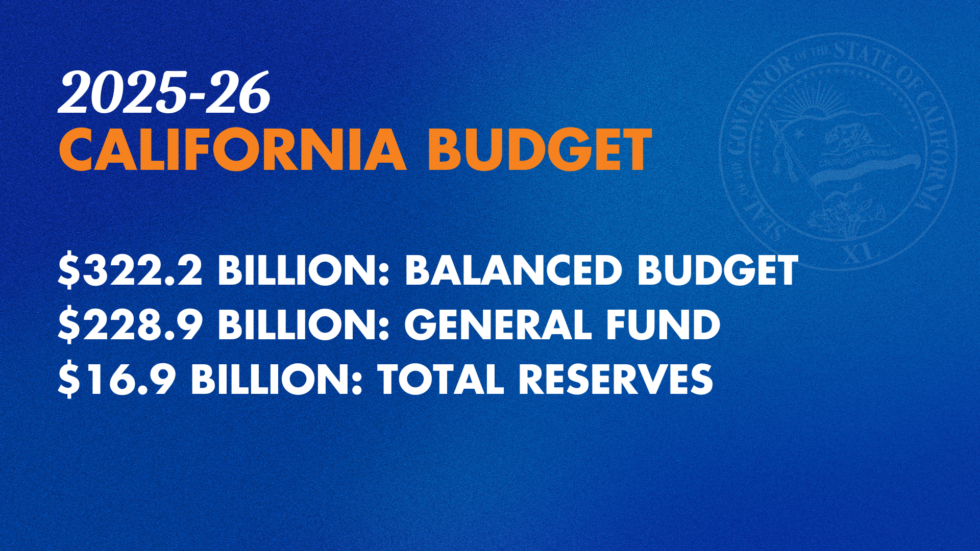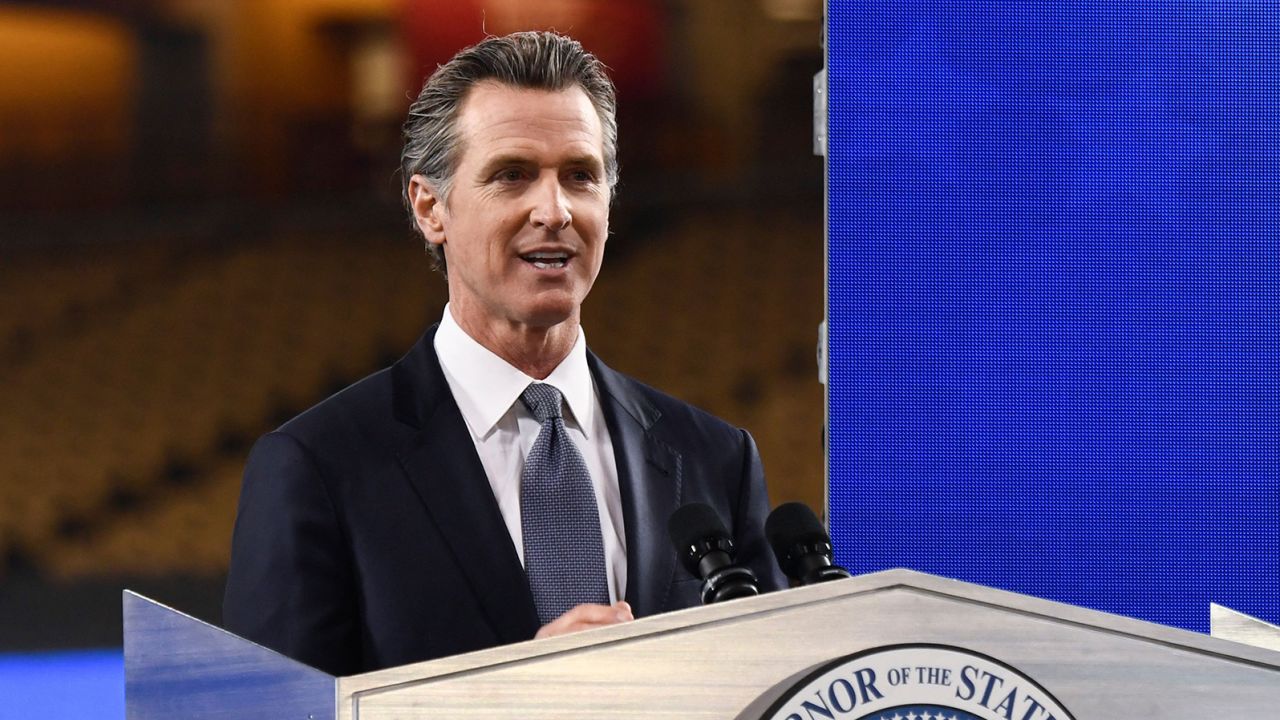Xi's Climate Pledge: China's Tougher Emissions Targets Without US Collaboration

Table of Contents
China's New Emissions Targets and Their Ambitions
Xi Jinping's climate pledge includes a commitment to peak carbon emissions before 2030 and achieve carbon neutrality by 2060. These targets are incredibly ambitious, considering China's current reliance on coal for its energy needs and its rapid economic growth. Meeting these goals will require a fundamental transformation of China's energy sector and economy.
- Peak Carbon Emissions: Before 2030. This represents a significant acceleration compared to previous commitments.
- Carbon Neutrality: By 2060. This signifies a balance between carbon emissions and absorption.
- Emission Reduction Targets: While specific percentage reductions haven't been explicitly stated for every sector, implicit targets are implied within the overall carbon neutrality goal, demanding drastic reductions across the board.
- Key Sectors Targeted: Significant reductions are anticipated in energy production (particularly coal), heavy industry (steel, cement), transportation, and agriculture.
The Absence of US Collaboration and its Implications
The absence of robust US-China collaboration significantly impacts the global climate effort. The strained geopolitical relationship between the two nations has hindered joint initiatives and created obstacles to achieving internationally agreed-upon emission reduction targets. This lack of cooperation weakens global climate governance and limits the potential for knowledge sharing and technological advancements.
- Diminished Collaboration: Past examples of reduced collaboration include decreased participation in joint research projects and a lack of coordinated policy initiatives.
- Obstacles to Future Cooperation: Deep-seated mistrust and disagreements on various geopolitical issues continue to obstruct bilateral climate cooperation.
- Impact on Global Goals: The absence of a unified approach from the world's two largest emitters makes it considerably harder to achieve the Paris Agreement goals.
- Alternative Partnerships: China is increasingly engaging with other countries and international organizations to form alternative partnerships for technology transfer and climate finance.
Challenges and Opportunities for China's Independent Climate Action
China faces substantial challenges in achieving its ambitious climate goals independently. These hurdles include energy security concerns, technological limitations, and the economic implications of a rapid energy transition. However, significant opportunities also exist, particularly in technological innovation and the growth of renewable energy sectors.
- Challenges in Transitioning Away from Coal: China remains heavily reliant on coal, and phasing it out requires substantial investment in renewable energy sources and adaptation of existing infrastructure.
- Investment Needs in Renewable Energy: Massive investment is required in solar, wind, hydropower, and other renewable energy infrastructure to replace coal-fired power plants.
- Economic Impacts: The transition could have short-term economic impacts, including potential job losses in coal-related industries, requiring careful management and retraining programs.
- Opportunities for Technological Leadership: China has the potential to become a global leader in green technologies, driving innovation and creating new economic opportunities.
The Role of Renewable Energy in China's Climate Strategy
Renewable energy sources are central to China's climate strategy. The government is heavily investing in solar power, wind energy, hydropower, and nuclear energy. However, challenges remain in scaling up renewable energy deployment efficiently and integrating it into the existing grid system. Further development of energy storage technologies is crucial to address intermittency issues associated with solar and wind power.
Financial and Technological Implications of Independent Action
Achieving carbon neutrality requires substantial financial resources and technological advancements. Green financing mechanisms, carbon pricing policies, and international investment will all play vital roles. China is investing heavily in domestic green finance and is increasingly engaged in international collaboration to secure technology transfer and funding for its climate goals. However, the sheer scale of investment required remains a significant challenge.
Conclusion
Xi's climate pledge represents an ambitious undertaking, particularly given the commitment to achieve net-zero emissions independently, without significant US collaboration. The challenges are substantial, encompassing energy security, economic transformation, and technological hurdles. However, China's commitment also presents significant opportunities for technological innovation and global leadership in the fight against climate change. The success or failure of this independent approach will have profound implications for global climate efforts and the future of international cooperation on climate change. Stay informed about the progress of Xi's climate pledge and its impact on global climate action. Follow our updates on China's efforts towards net-zero emissions.

Featured Posts
-
 Forty Thousand Expected At Harrogate Spring Flower Show A Record Breaking Year
Apr 25, 2025
Forty Thousand Expected At Harrogate Spring Flower Show A Record Breaking Year
Apr 25, 2025 -
 Everything You Need To Know About Eurovision 2023 In Manchester
Apr 25, 2025
Everything You Need To Know About Eurovision 2023 In Manchester
Apr 25, 2025 -
 Post Roe America How Otc Birth Control Is Reshaping Reproductive Healthcare
Apr 25, 2025
Post Roe America How Otc Birth Control Is Reshaping Reproductive Healthcare
Apr 25, 2025 -
 You Tube Dominance Exploring Its Reach And Impact
Apr 25, 2025
You Tube Dominance Exploring Its Reach And Impact
Apr 25, 2025 -
 Wednesdays Freezing Conditions Impact On Oklahoma Schools
Apr 25, 2025
Wednesdays Freezing Conditions Impact On Oklahoma Schools
Apr 25, 2025
Latest Posts
-
 Newsoms Policies A Balanced Perspective
Apr 26, 2025
Newsoms Policies A Balanced Perspective
Apr 26, 2025 -
 The Deeply Unfair Debate Newsoms Policy On Transgender Participation In Sports
Apr 26, 2025
The Deeply Unfair Debate Newsoms Policy On Transgender Participation In Sports
Apr 26, 2025 -
 Examining The Truthfulness Of Claims Against Gavin Newsom
Apr 26, 2025
Examining The Truthfulness Of Claims Against Gavin Newsom
Apr 26, 2025 -
 Is Gavin Newsoms New Trans Athlete Rule Deeply Unfair A Critical Analysis
Apr 26, 2025
Is Gavin Newsoms New Trans Athlete Rule Deeply Unfair A Critical Analysis
Apr 26, 2025 -
 A Critical Look At Governor Gavin Newsoms Recent Decisions
Apr 26, 2025
A Critical Look At Governor Gavin Newsoms Recent Decisions
Apr 26, 2025
